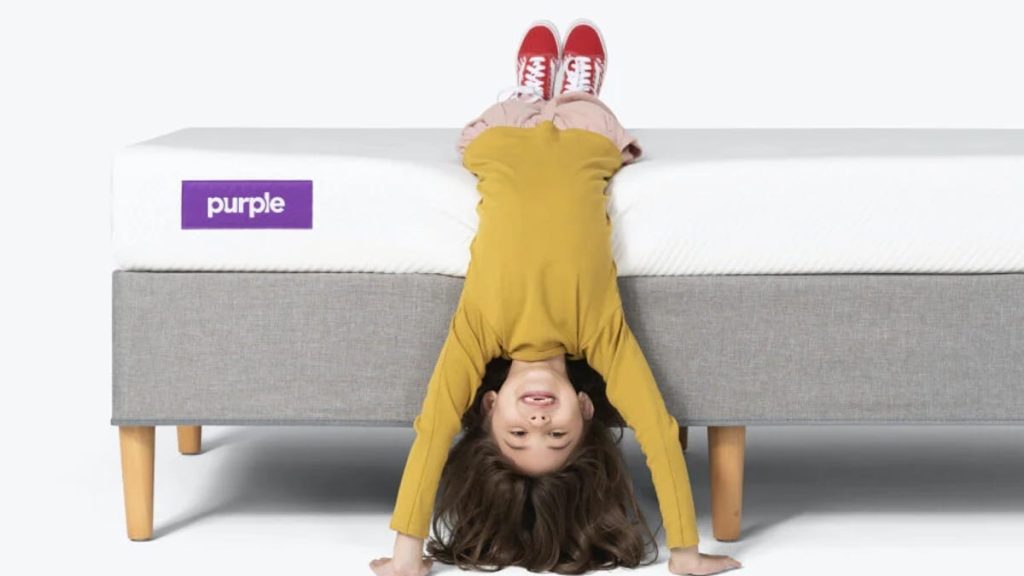Choosing the Right Mattress for Your Child: A Comprehensive Guide
Parents prioritize their children’s well-being, and quality sleep plays a crucial role in their growth and development. A comfortable and supportive mattress is essential for ensuring a restful night’s sleep for children of all ages. While the sleep needs of children change as they grow, the importance of a good mattress remains constant. This guide delves into the various factors to consider when selecting the perfect mattress for your child, covering everything from mattress types and features to budget considerations and expert recommendations.
The first step in choosing a mattress is understanding the available options. While there are mattresses specifically designed for children, standard twin or twin XL mattresses can also be suitable. Children’s mattresses often incorporate features like waterproof covers for accidents, zoned support for proper spinal alignment, and flippable designs that adapt to a child’s growth. Standard mattresses, while lacking these specialized features, can still provide comfort and support, especially for older children.
Several factors influence the ideal mattress choice for a child. Age and weight are primary considerations, as some children’s mattresses have weight limits. Sleeping position also plays a role; side sleepers require more pressure relief than back or stomach sleepers. Specific needs, like allergies, should also be considered, with options like naturally antimicrobial latex foam available. Additional features like waterproof barriers and zoned support cater to younger children and those with specific physical needs.
Mattress types include memory foam, latex foam, polyfoam, innerspring, and hybrid models. Memory foam conforms to the body, providing excellent pressure relief, while latex foam offers breathability and natural antimicrobial properties. Polyfoam is a budget-friendly, breathable, and comfortable option. Innerspring mattresses offer traditional support with coils, and hybrid mattresses combine coils with foam layers for a balance of support and comfort.
Budget is another crucial aspect of mattress selection. Children’s mattresses typically range from $200 to $800, with luxury models exceeding this range. While investing in a high-quality mattress is important, remember that children outgrow mattresses, so a balance between quality and affordability is key.
Expert recommendations often suggest a medium firmness level for children’s mattresses. A medium firmness provides adequate support while offering sufficient pressure relief. However, side sleepers may benefit from a slightly softer mattress for enhanced comfort. Ultimately, the ideal firmness depends on individual preferences and sleeping habits.
Leading mattress brands offer several excellent options for children. The Saatva Youth mattress stands out with its dual-sided design, catering to children aged 3 to 12. The Nest Bedding Puffin mattress, a memory foam option, is suitable for older children needing responsive support. Naturepedic offers two choices: the 2-in-1 Organic Kids Mattress, a dual-sided innerspring option, and the Verse Organic Kids Mattress, a hybrid model with added cushioning for older children. The Zoma Hybrid, designed for active children and athletes, provides targeted pressure relief and cooling features.
When evaluating mattresses, experts consider factors like edge support, firmness, and motion isolation. For children’s mattresses, waterproof materials and flippable designs are also assessed. Certifications like GREENGUARD and CertiPUR-US provide assurance regarding safety and low chemical emissions.
Beyond specific brand recommendations, understanding the key features and considerations discussed in this guide will empower parents to make informed decisions when selecting the best mattress for their child’s individual needs and preferences. A well-chosen mattress contributes significantly to a child’s sleep quality, impacting their overall health, development, and well-being. By carefully considering factors like age, sleeping position, specific needs, mattress type, budget, and expert recommendations, parents can ensure their child receives the restful sleep they deserve.

